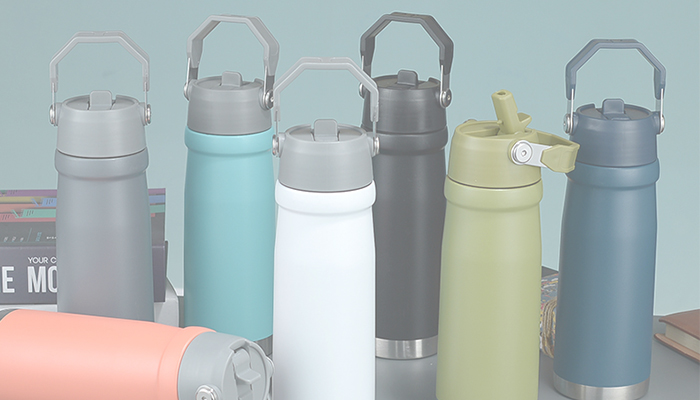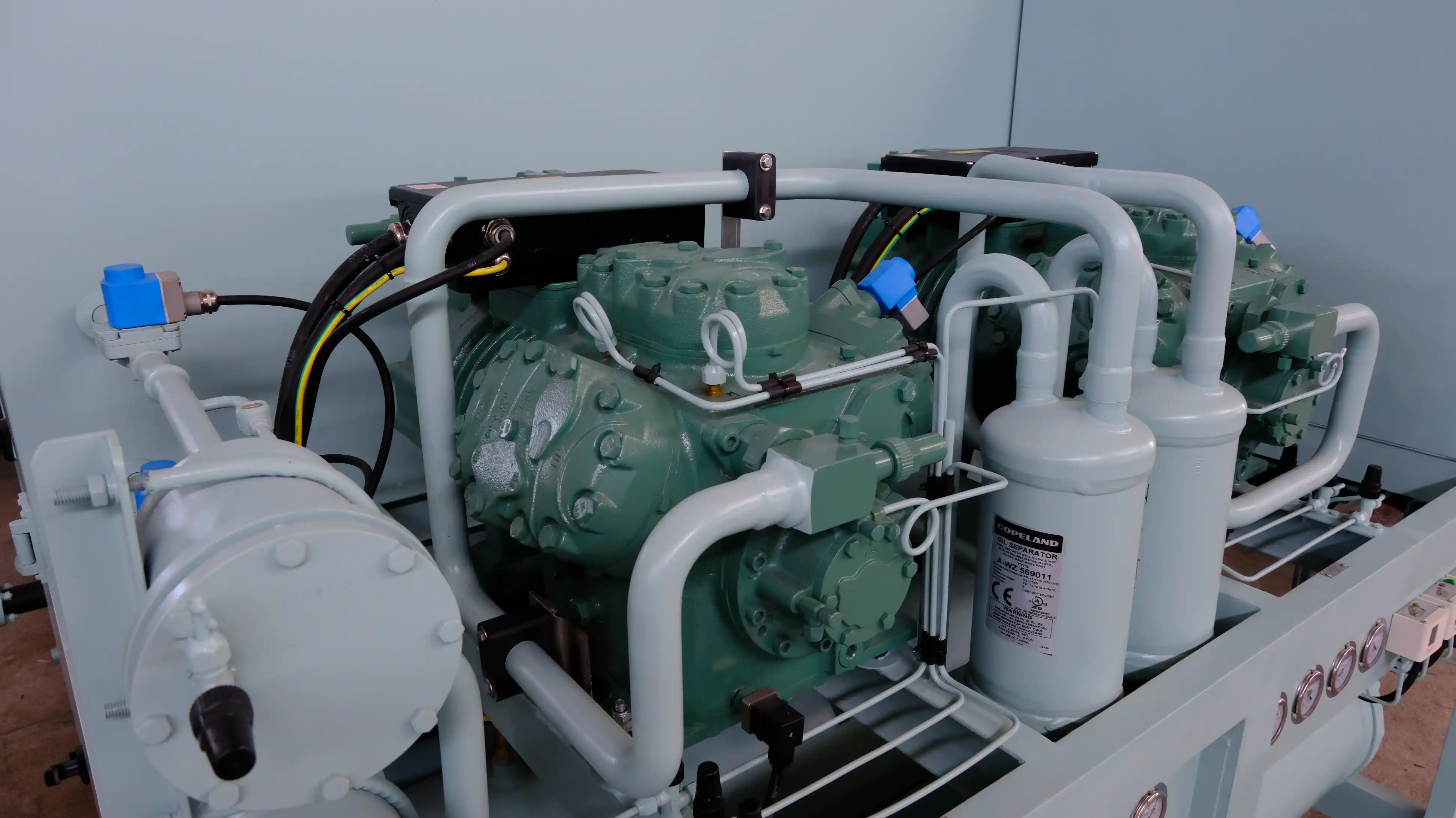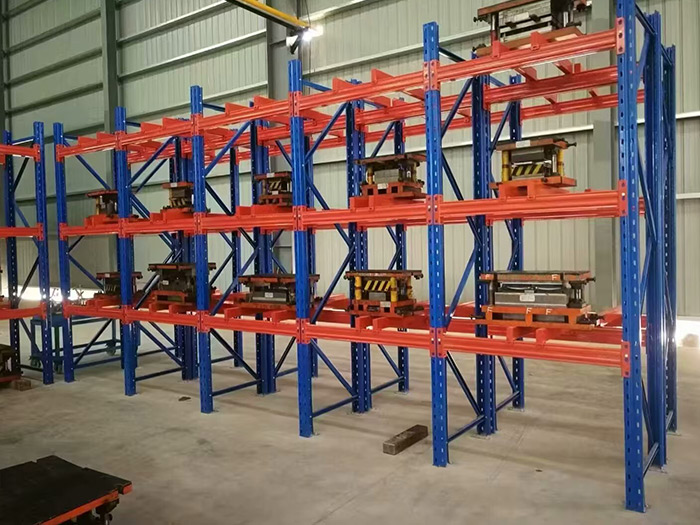When it comes to hiking, the thrill of exploring nature is often accompanied by the need for preparedness. Whether you’re embarking on a day hike or a multi-day trek, having the right survival gear can mean the difference between a memorable adventure and a life-threatening situation. This article delves into the best survival gear for hiking, focusing on essential items that enhance safety, comfort, and overall experience in the great outdoors.
Understanding the Importance of Survival Gear
Survival gear is not just about luxury; it’s about ensuring your safety and well-being in unpredictable environments. The wilderness can be unforgiving, and even the most experienced hikers can encounter unforeseen challenges such as sudden weather changes, injuries, or getting lost. Therefore, investing in high-quality survival gear is crucial for anyone who enjoys hiking.
Key Categories of Survival Gear
To effectively prepare for your hiking adventure, it’s essential to categorize your survival gear into several key areas: navigation, shelter, hydration, nutrition, first aid, and tools. Each category plays a vital role in ensuring your safety and comfort.
- Navigation Tools
GPS Device and Map: While smartphones have made navigation easier, they can fail due to battery depletion or lack of signal. A dedicated GPS device is more reliable. Additionally, carrying a physical map and compass is crucial, as they don’t rely on batteries and can guide you back to safety.
Trail Guidebook: A good trail guidebook provides insights into the terrain, potential hazards, and points of interest. Familiarizing yourself with the trail ahead of time can help you make informed decisions during your hike.
- Shelter
Emergency Bivvy or Space Blanket: In case of an emergency, having a lightweight emergency bivvy or space blanket can provide critical warmth and protection from the elements. These items are compact and can easily fit into your pack.
Tent or Tarp: For longer hikes, a lightweight tent or tarp can offer essential shelter from rain, wind, and insects. Look for options that are easy to set up and pack down small.
- Hydration
Water Filter or Purification Tablets: Access to clean drinking water is vital. A portable water filter or purification tablets can ensure you have safe drinking water from natural sources. This gear is lightweight and can be a lifesaver in the wilderness.
Hydration Reservoir or Water Bottles: Staying hydrated is crucial during hikes. A hydration reservoir allows for easy sipping while on the move, while durable water bottles can be used for storage and transport.
- Nutrition
High-Energy Snacks: Pack lightweight, high-calorie snacks such as energy bars, nuts, or dried fruits. These provide the necessary fuel to keep your energy levels up during strenuous hikes.
Portable Cooking Gear: If you plan on cooking meals, consider lightweight cooking gear such as a portable stove, fuel canisters, and a compact cooking pot. This allows you to prepare warm meals, which can be comforting after a long day on the trail.
- First Aid Kit
A well-stocked first aid kit is non-negotiable. It should include bandages, antiseptic wipes, pain relievers, blister treatment, and any personal medications. Familiarize yourself with the contents and ensure you know how to use each item.
- Tools and Multi-Use Gear
Multi-Tool or Knife: A high-quality multi-tool or knife can serve various purposes, from food preparation to gear repair. Look for tools that include essential features like a can opener, screwdriver, and scissors.
Fire Starter: Fire can provide warmth, light, and a means to cook food. Carry waterproof matches, a lighter, or a fire starter kit to ensure you can ignite a fire in any weather condition.
Additional Considerations
While the above categories cover the essentials, consider personalizing your gear based on the specific environment and duration of your hike. For instance, if you’re hiking in bear country, bear spray is a must-have. If you’re hiking in colder climates, thermal clothing and additional insulation layers are essential.
Conclusion
The best survival gear for hiking is not just about packing the latest gadgets; it’s about being prepared for the unexpected. By investing in high-quality gear across various categories—navigation, shelter, hydration, nutrition, first aid, and tools—you can enhance your safety and enjoyment in the great outdoors. Remember, preparation is key to a successful hiking experience, allowing you to focus on the beauty of nature rather than the potential dangers that lie ahead. Equip yourself wisely, and embrace the adventure with confidence!



